What is biophilic decluttering? This 'return to nature mandate' will transform chaos to calm at home
Even small changes will make a big difference
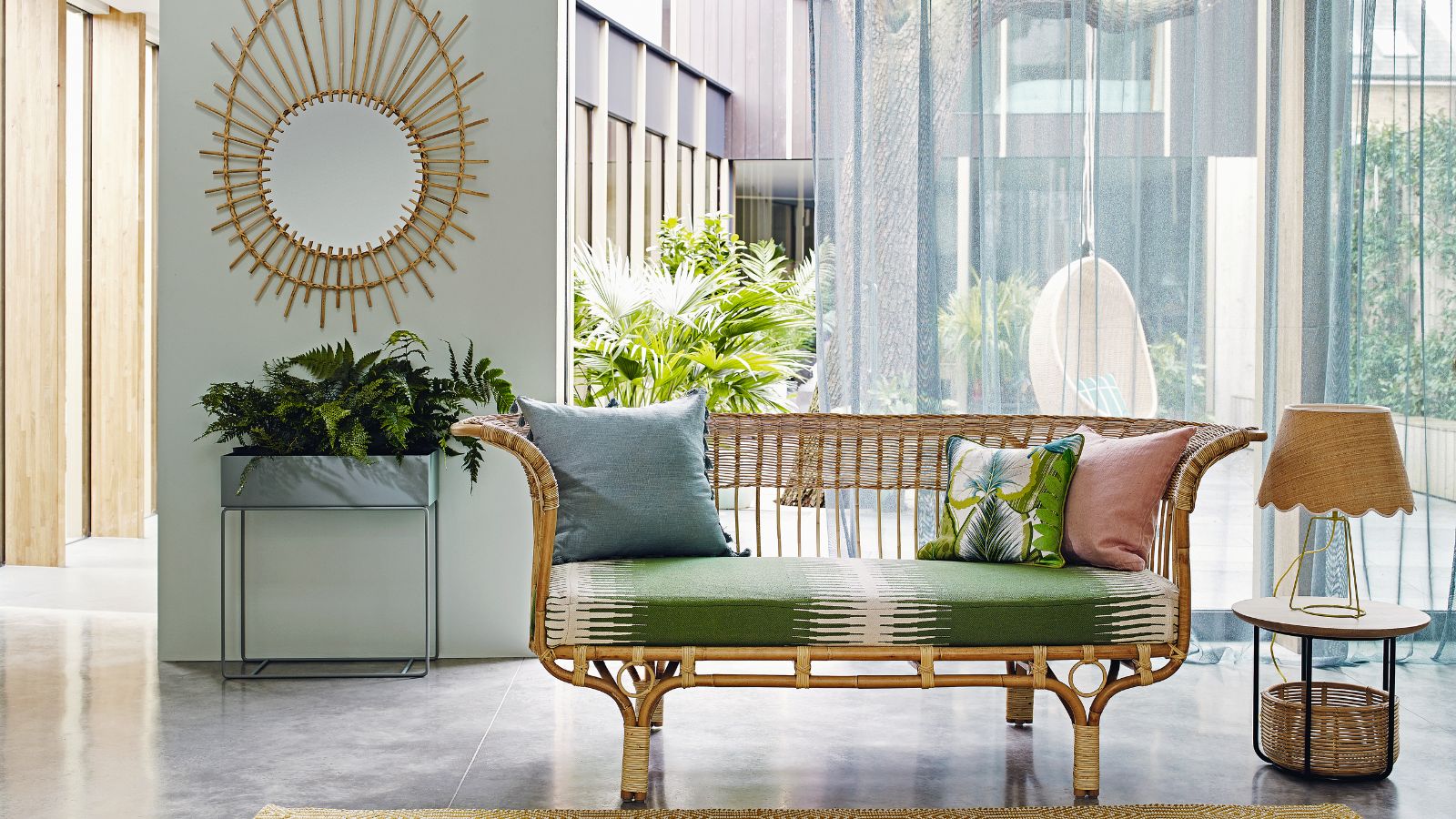
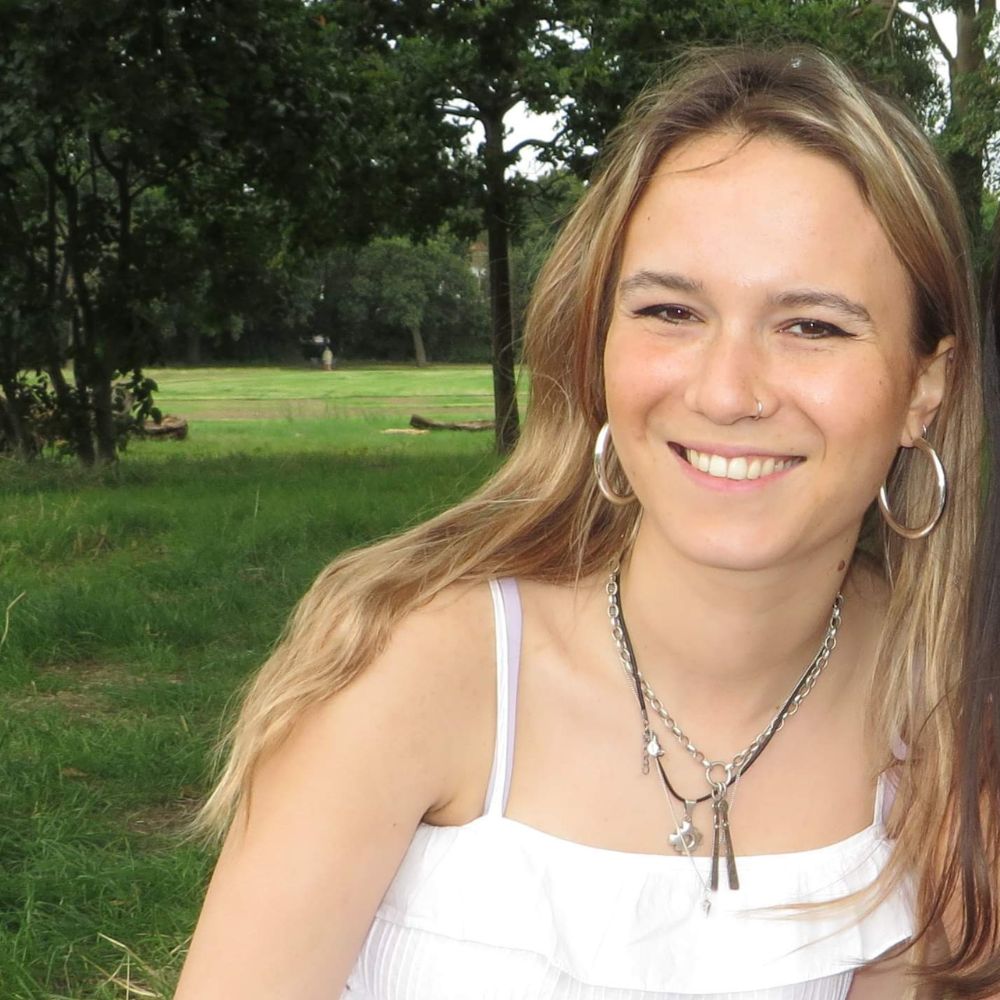
If you're looking to restore calm at home, delving into what biophilic decluttering is may prove to be transformative.
It's no secret that decluttering trends and biophilic design are ever more popular, so why not combine the two?
Here, professional organizers share their decluttering tips to help you embrace a return to nature and welcome the outside in for a more organized and relaxing home.
What is biophilic decluttering?
Biophilic decluttering is about streamlining your belongings and then swapping plastic or conventional storage solutions for more nature-inspired options, such as wicker baskets, rattan, and linen, to make your space feel filled with nature. The hope is that seeing and enjoying this soothing natural aesthetic in a space will deter us from filling it with clutter.
To find out more about this new decluttering method, I spoke to Ben Soreff, a professional organizer at House to Home Organizing.
Simply put, says Ben, a room with a natural 'feel' isn't an area where you would feel comfortable collecting junk, helping you to break the stages of clutter for a more peaceful home.
He says, 'A relatively new approach to organizing, biophilic decluttering focuses on the home's environment as a cause for clutter, rather than tossing items.
'The goal of this method is to create a space filled with storage solutions based in nature. The way this works in practice is to avoid plastic bins, instead swapping them for storage baskets made of natural fibers or wood. This return to nature mandate makes the home feel more open and calm, and encourages less clutter to pile up.'
Chloe Barrow, interior expert at Laura James, adds, 'Biophilic decluttering focuses on creating a connection with nature by prioritizing natural, airy spaces.'
'You can also swap synthetic materials for stone, bamboo, linen, and mango wood to create a fresher, more open space. This helps to curate a home that feels open and harmonious, making it easier to maintain a clutter-free environment.'
All prices were correct at the time of publication.
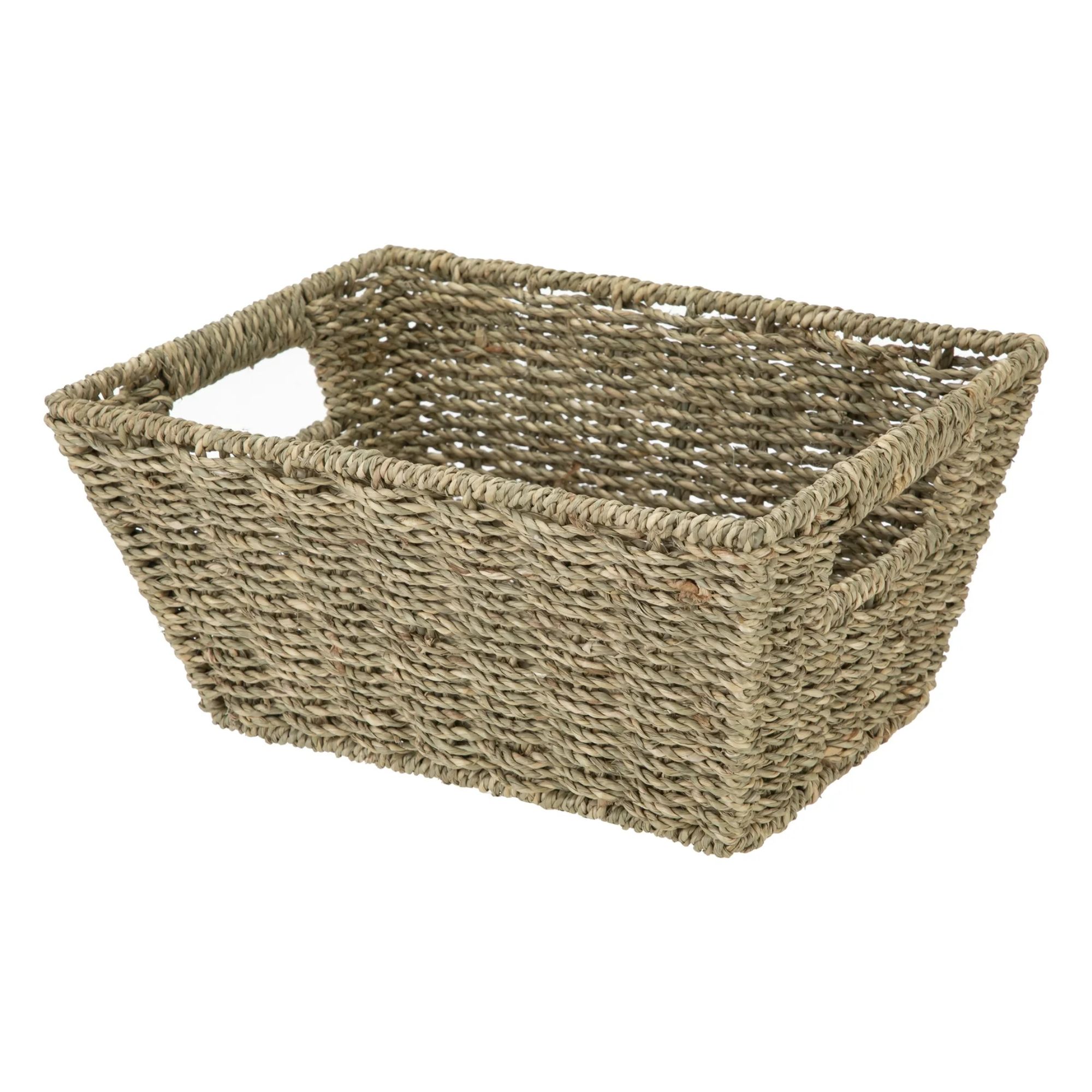
This gorgeous handwoven basket is made of natural sea grass, with a versatile, calming color to suit any space.
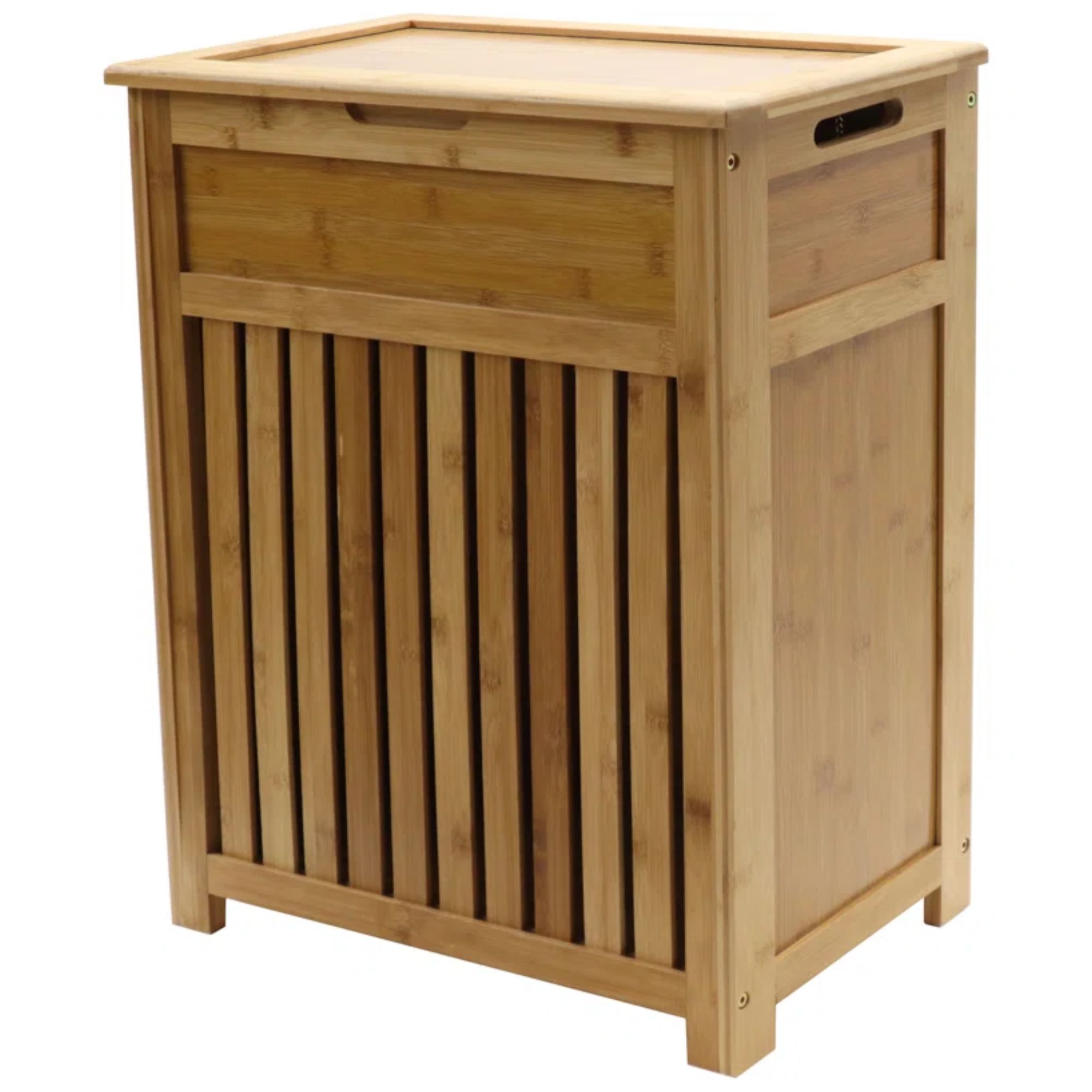
This eco-friendly laundry hamper is ideal for overhauling your laundry room and injecting a sense of nature into the space, with slatted accents for ventilation and two convenient, integrated handles
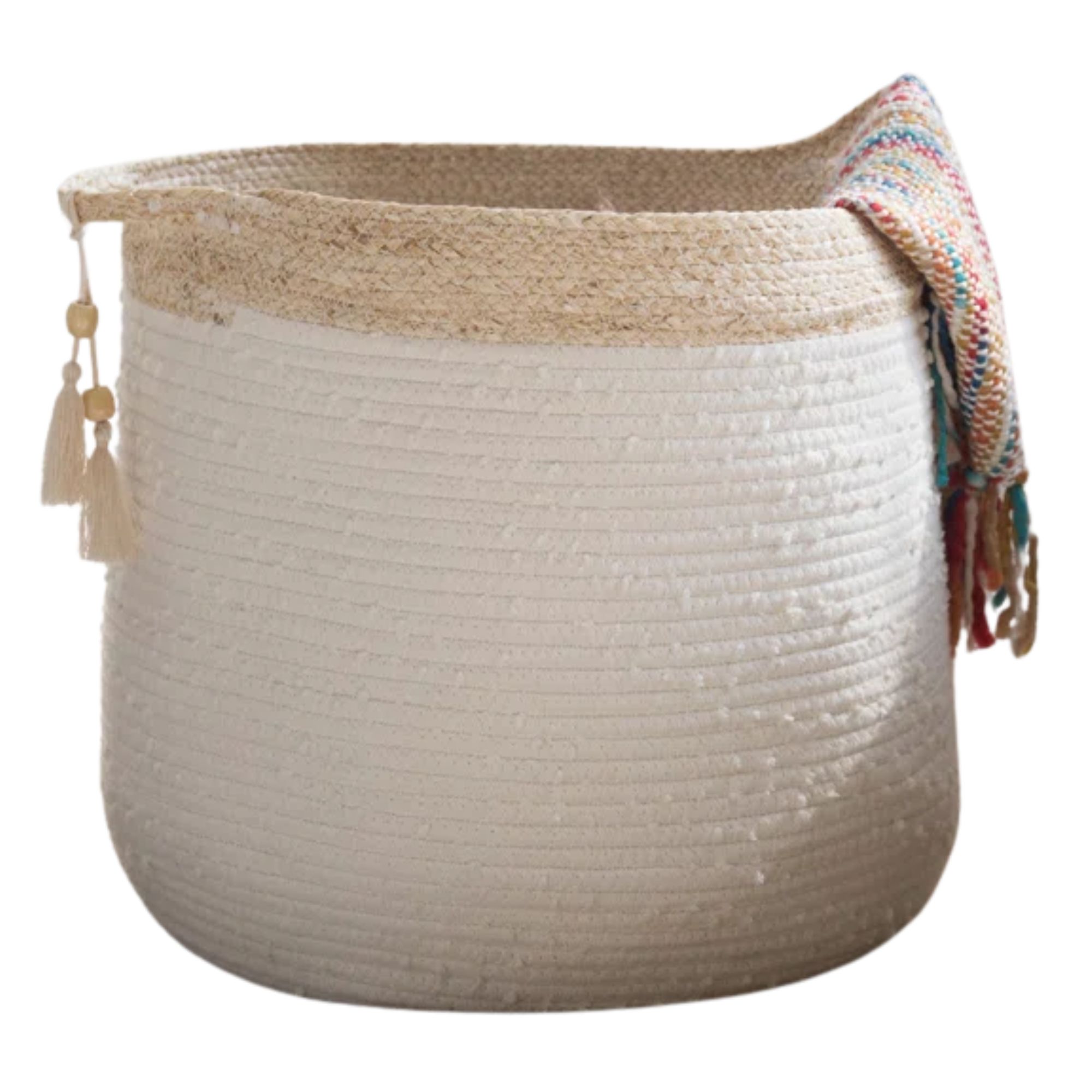
Keep blankets organized in the living room, store bedding or corral cushions in this large woven storage basket.
Why is biophilic decluttering a good way to create a calm and clutter-free home?
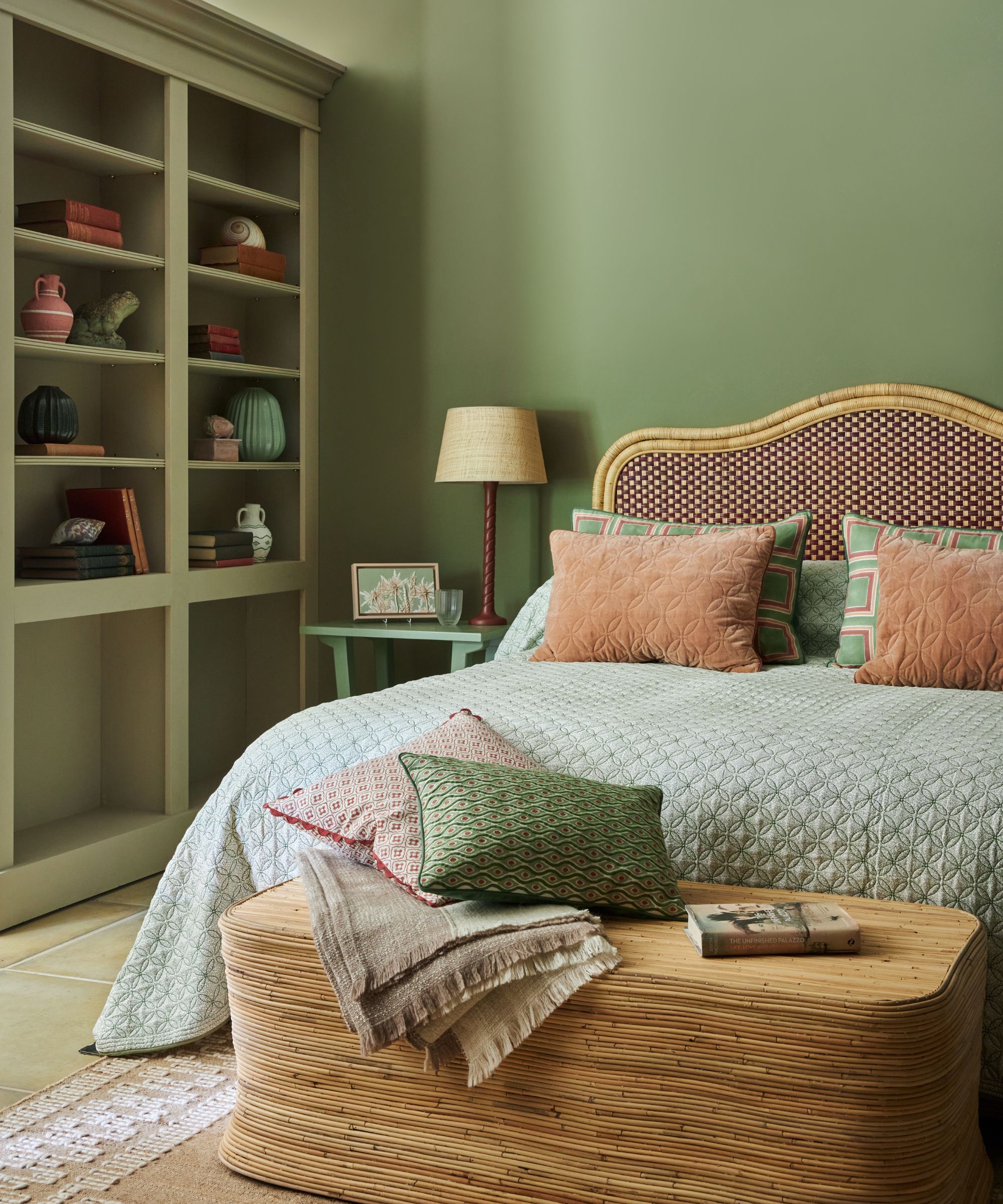
Bring the outside in to your home to evoke a sense of natural, clutter-free calm
You can use the concept of biophilic decluttering to reduce visual clutter in a living room or clear visual clutter in the bedroom, but why is it so effective?
Di Ter Avest, professional organizer and founder of Diisorganized, explains, 'Because nature has this magic way of making us feel more relaxed! When you swap out clutter for natural elements, your home feels lighter, fresher, and way less overwhelming.
'Anyone looking for a calmer, more grounded home can benefit from it. It’s especially great for busy moms, work-from-home folks, or anyone who feels drained by clutter.
'It works in any space, but it’s extra powerful in places where you want to unwind – like your bedroom, living room, or home office. Even small touches can make a big difference! It’s all about creating a home that works for you, not against you, where your space and your well-being go hand in hand.'
But, as Ben warns, it's important to still adhere to core decluttering principles that run through each and every decluttering method, as you want the right system set up to be flexible.
'We want our belongings to "tell us" where they should live based on frequency of use,' he explains. 'We don't want to just swap out plastic bins for natural fiber ones. We want to review our items first. Storage ideas always come at the end of the project.'
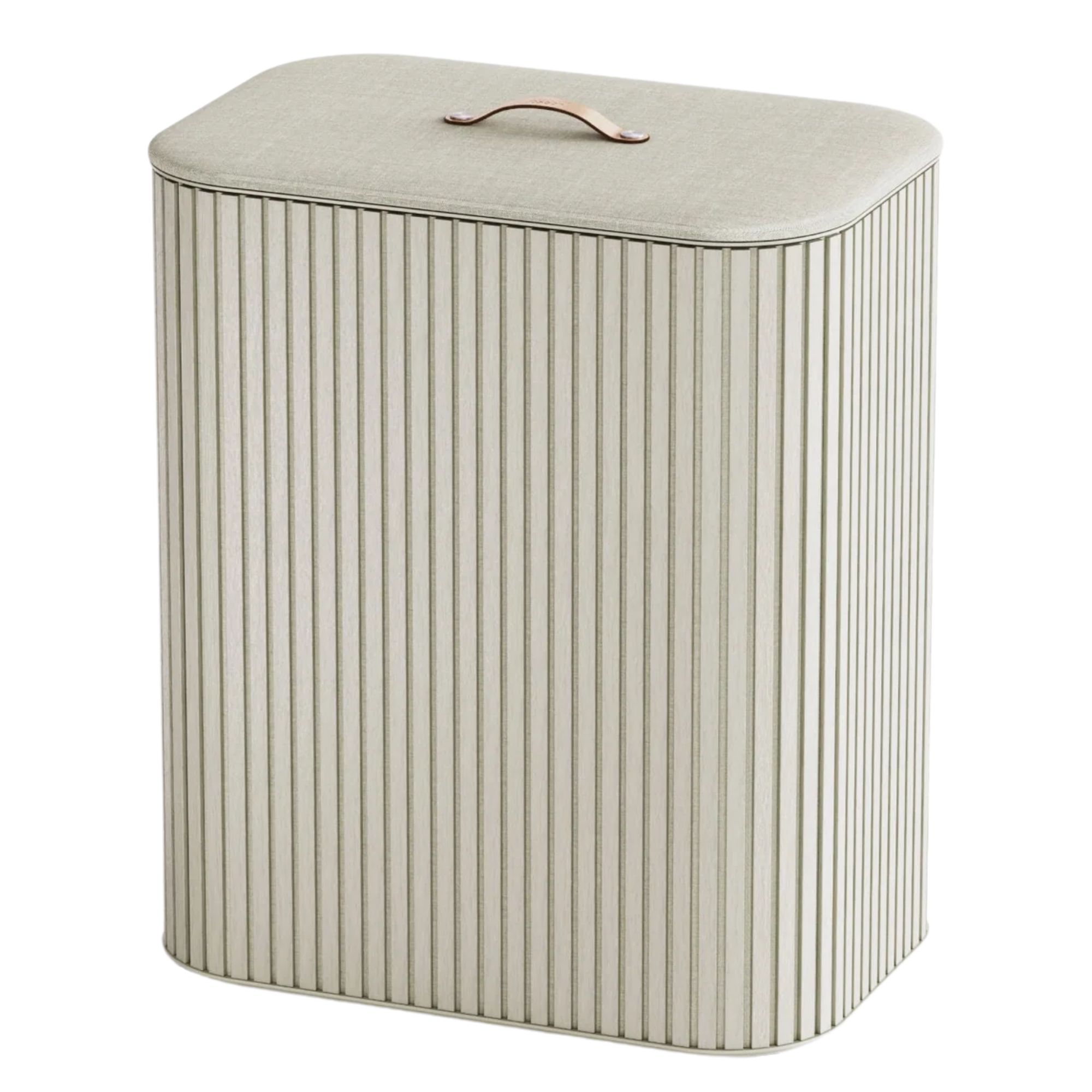
This high-quality ecru bamboo basket will seamlessly blend into your bedroom or laundry room for a biophilic feel without adding any visual clutter.
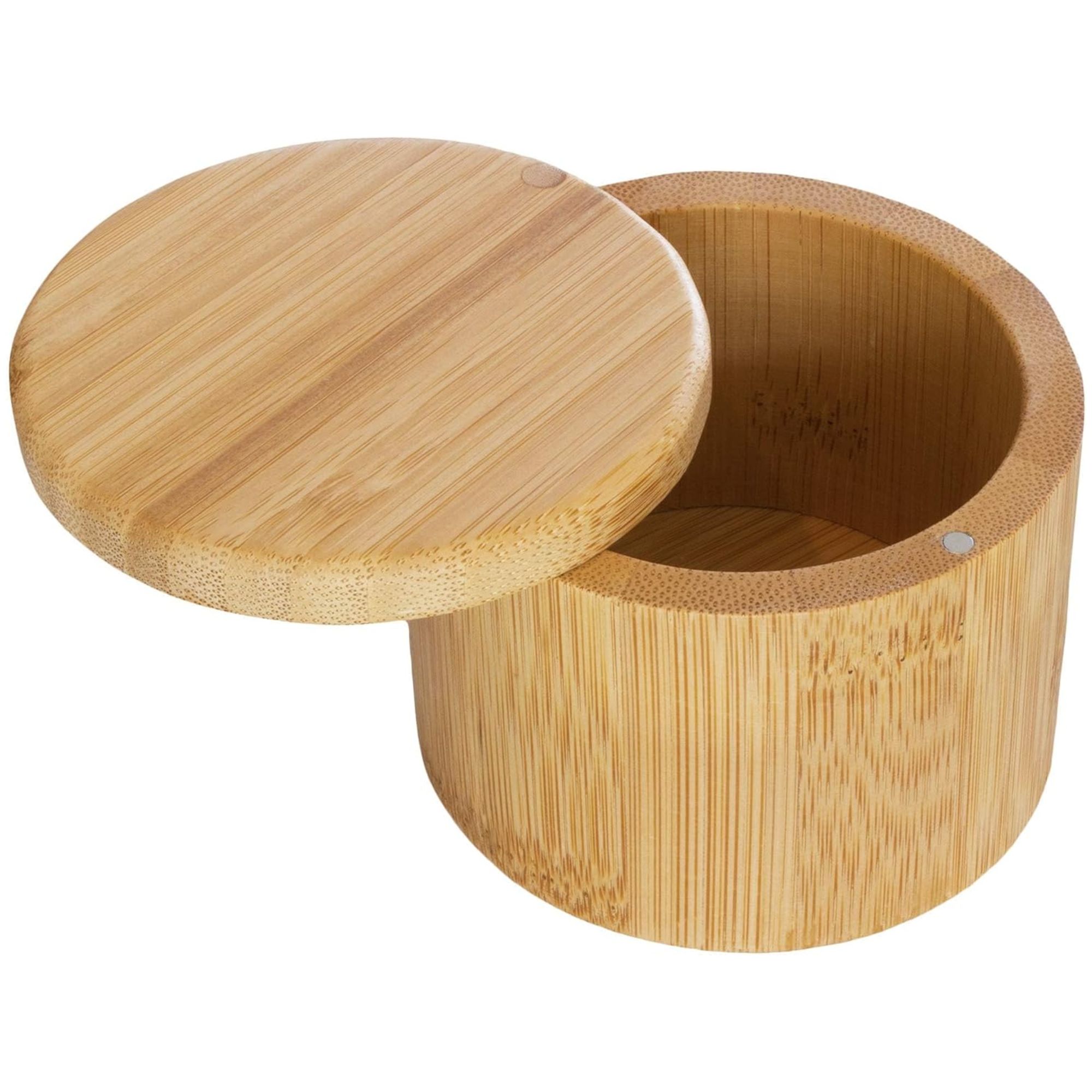
With a six-ounce capacity, use this bamboo box for salt, spices, jewelry, office supplies and more, with a magnetic swivel lid for a secure closure.
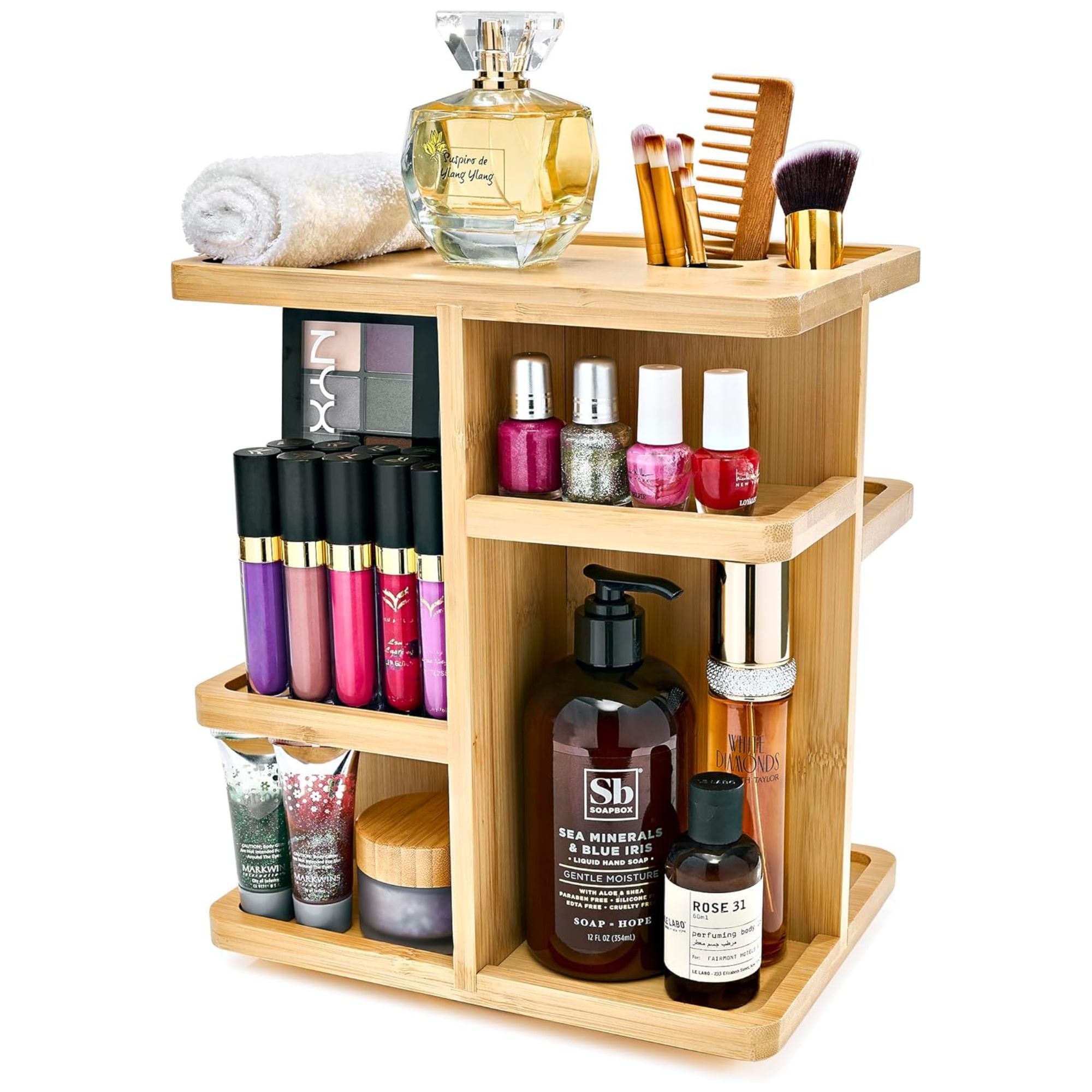
This rotating bamboo makeup organizer keeps all your products accessible for clutter-free storage with an elegant and rustic design.
FAQs
What is the concept of biophilic?
With Greek origins, biophilic literally translates to 'love of life.' Therefore, in our homes, this concept refers to architecture, interior design, and organization that mimics the natural world to improve well-being and create a calm environment.
So, whether it's storage solutions, paint colors or even biophilic bathroom designs, welcome nature into your space to get up to speed with this enduring trend.
Meet our experts

House to Home Organizing focuses on helping clients regain control of their space, turning messy homes into clutter-free sanctuaries, which is a core element of biophilic decluttering.

Di is a busy wife and mother, and has helped hundreds of clients rethink their relationship with clutter. This is one of the founding principles of biophilic decluttering, helping you turn clutter into calm.
'One tip I have shared with clients for years is that if you tend to collect clutter on your kitchen countertop, after purging it and clearing it out, put a plant on it,' says Di. 'That will help you with the decor and is a beautiful visual reminder to keep clutter off.
'Plus, studies show that being around plants and natural materials can lower stress, boost mood, and even help with focus. It’s like turning your home into a little retreat – minus all the extra stuff weighing you down.'
There are even many houseplants that banish condensation to create a healthier living environment whilst helping you decorate with nature.
Sign up to the Homes & Gardens newsletter
Design expertise in your inbox – from inspiring decorating ideas and beautiful celebrity homes to practical gardening advice and shopping round-ups.

Ottilie joined Homes & Gardens last year, after finishing a Master's in Magazine Journalism at City, University of London. With previous contributions in Livingetc and Motorsport Magazine, she produces content for the Solved section on the website, focusing on clever tips and tricks to keep your home beautiful, organized and clean. She also has a Master's degree in English Literature and History of Art from the University of Edinburgh, where she developed a love for inspiring interiors and architecture.
You must confirm your public display name before commenting
Please logout and then login again, you will then be prompted to enter your display name.
-
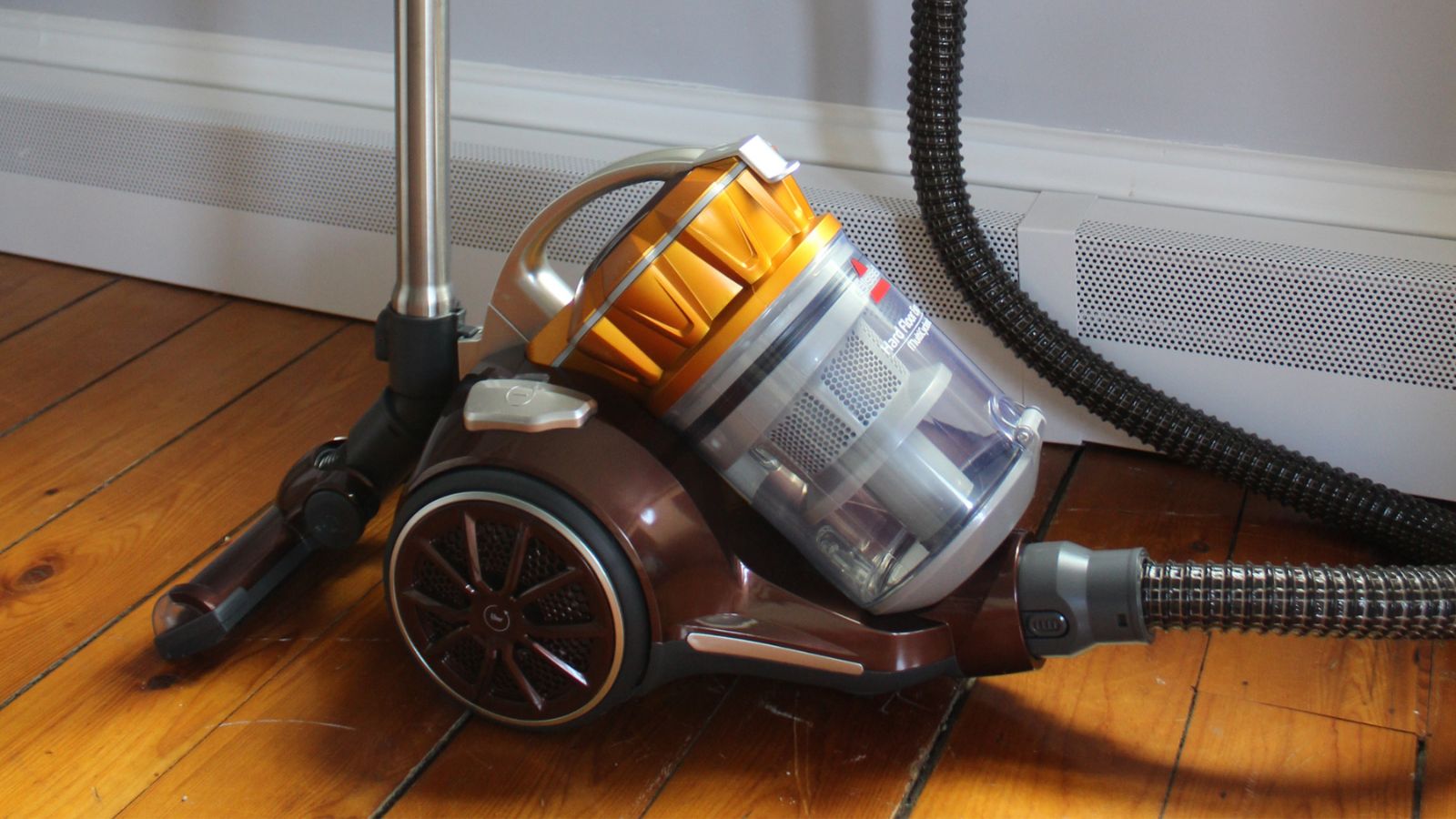 Bissell Hard Floor Expert canister vacuum review – if your home has smooth floors, this is all you need
Bissell Hard Floor Expert canister vacuum review – if your home has smooth floors, this is all you needAs the name suggests, this canister vacuum works wonders on hard floors, but even a low-pile rug is too much of a challenge
By Camryn Rabideau
-
 Sarah Jessica Parker's living room is a treasure trove of presumably clashing patterns – they're unexpected stars of the 'slow furnishing' trend
Sarah Jessica Parker's living room is a treasure trove of presumably clashing patterns – they're unexpected stars of the 'slow furnishing' trendUnlikely prints combine harmoniously in the actress's bold living room for a warm, welcoming effect – experts say her style is growing more popular
By Sophie Edwards
-
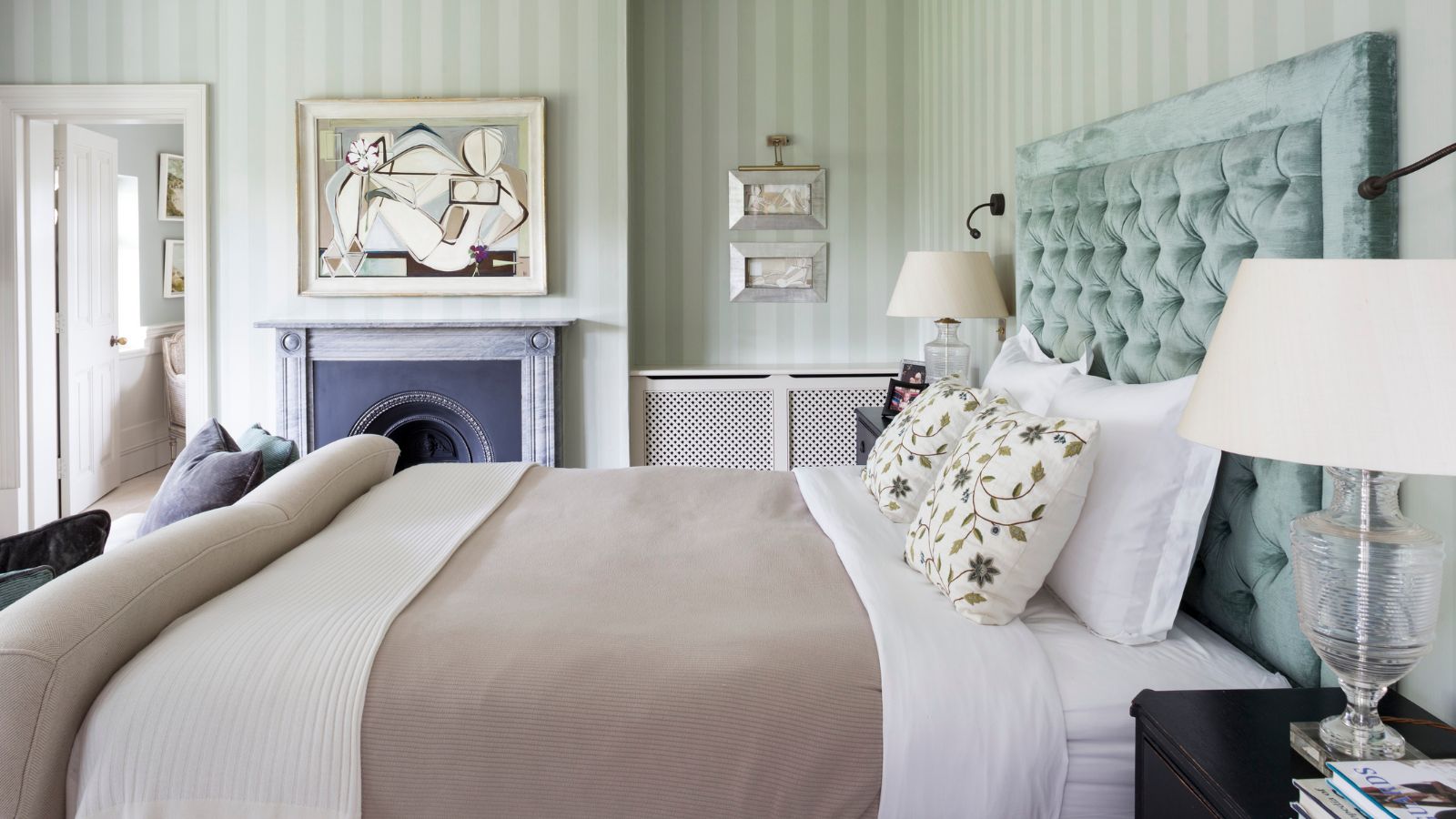 The instinct-based Toddler Decluttering Method will reduce clutter by half in seconds – and it's not for children
The instinct-based Toddler Decluttering Method will reduce clutter by half in seconds – and it's not for childrenIt's a simple but effective method to cull clutter quickly in your home
By Ciéra Cree
-
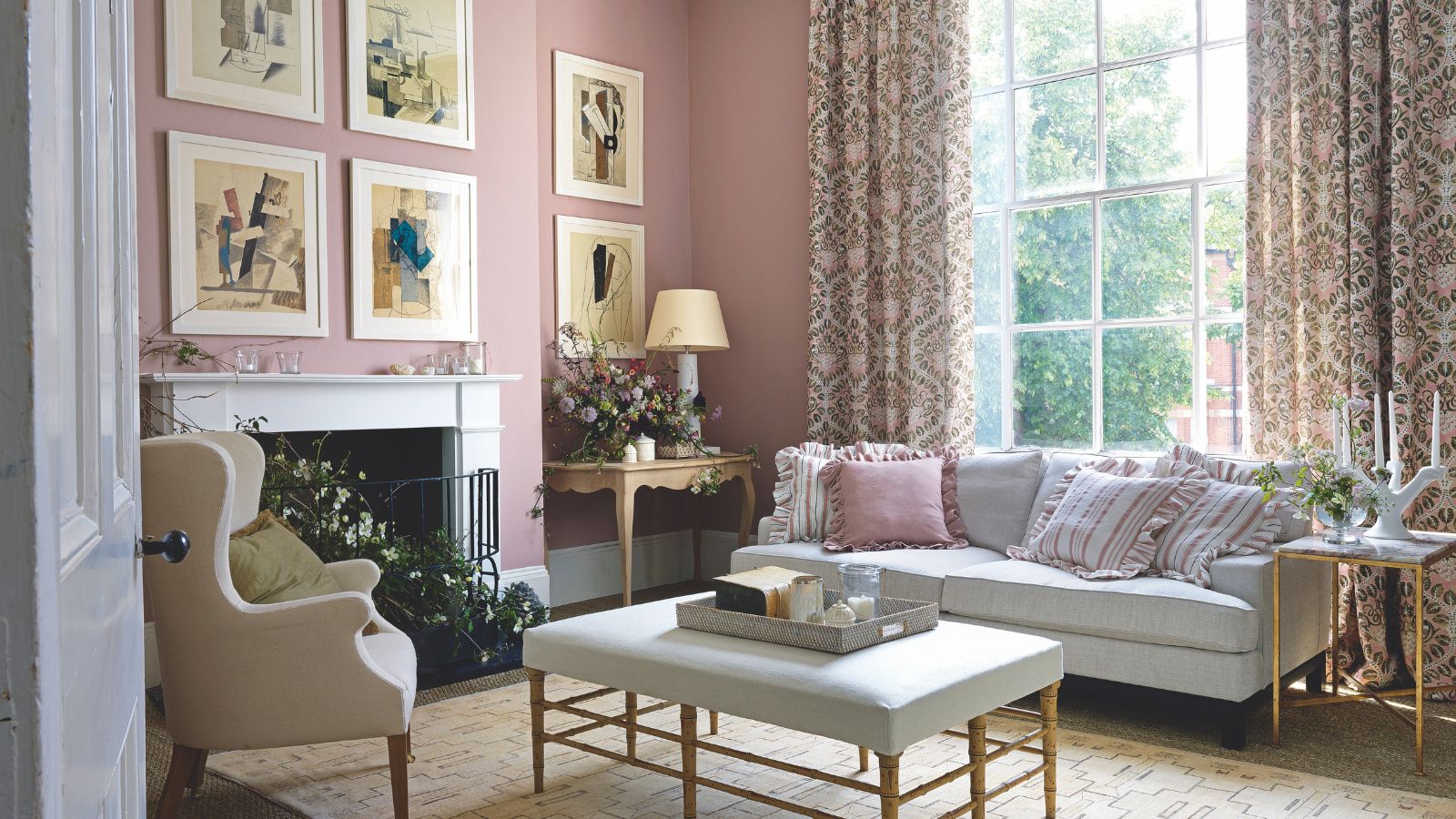 Put your 'purgatory place' and 'dust detective' in play – 6 expert tricks professional organizers use to effortlessly edit down belongings
Put your 'purgatory place' and 'dust detective' in play – 6 expert tricks professional organizers use to effortlessly edit down belongingsStress-free streamlining is entirely within sight
By Andy van Terheyden
-
 'Nightstands have a sneaky way of turning into catch-alls' – I’m a professional organizer, and these are the only things I keep on mine
'Nightstands have a sneaky way of turning into catch-alls' – I’m a professional organizer, and these are the only things I keep on mineLess is more when it comes to creating a restful sleep space
By Di Ter Avest
-
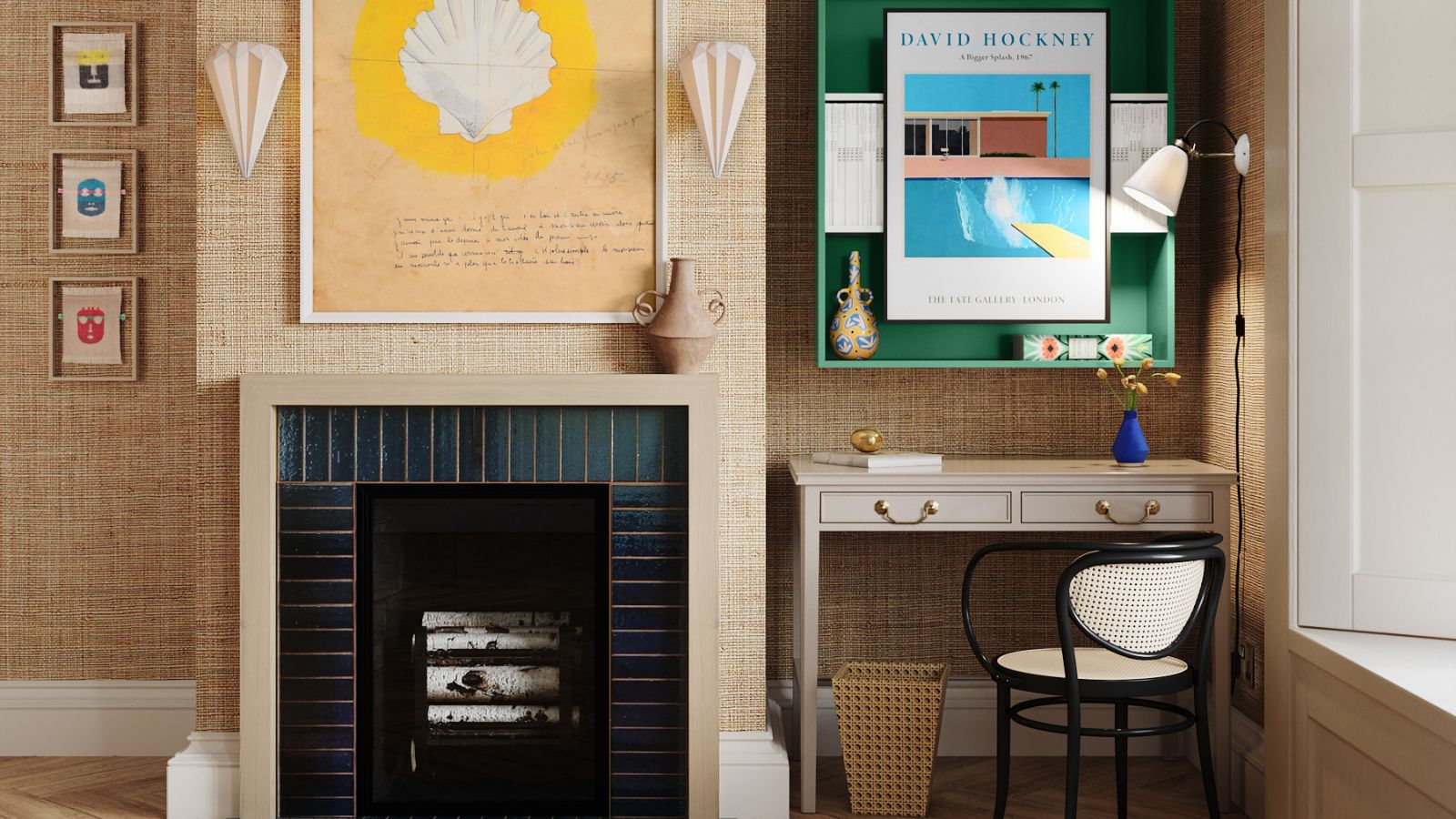 I tried the Temptation Method to finally unpack the boxes I'd been ignoring after a stressful house move – I'm relieved it worked so well
I tried the Temptation Method to finally unpack the boxes I'd been ignoring after a stressful house move – I'm relieved it worked so wellWith a pile of unpacked boxes clogging up my home office, it was time to get motivated
By Sophie Warren-Smith
-
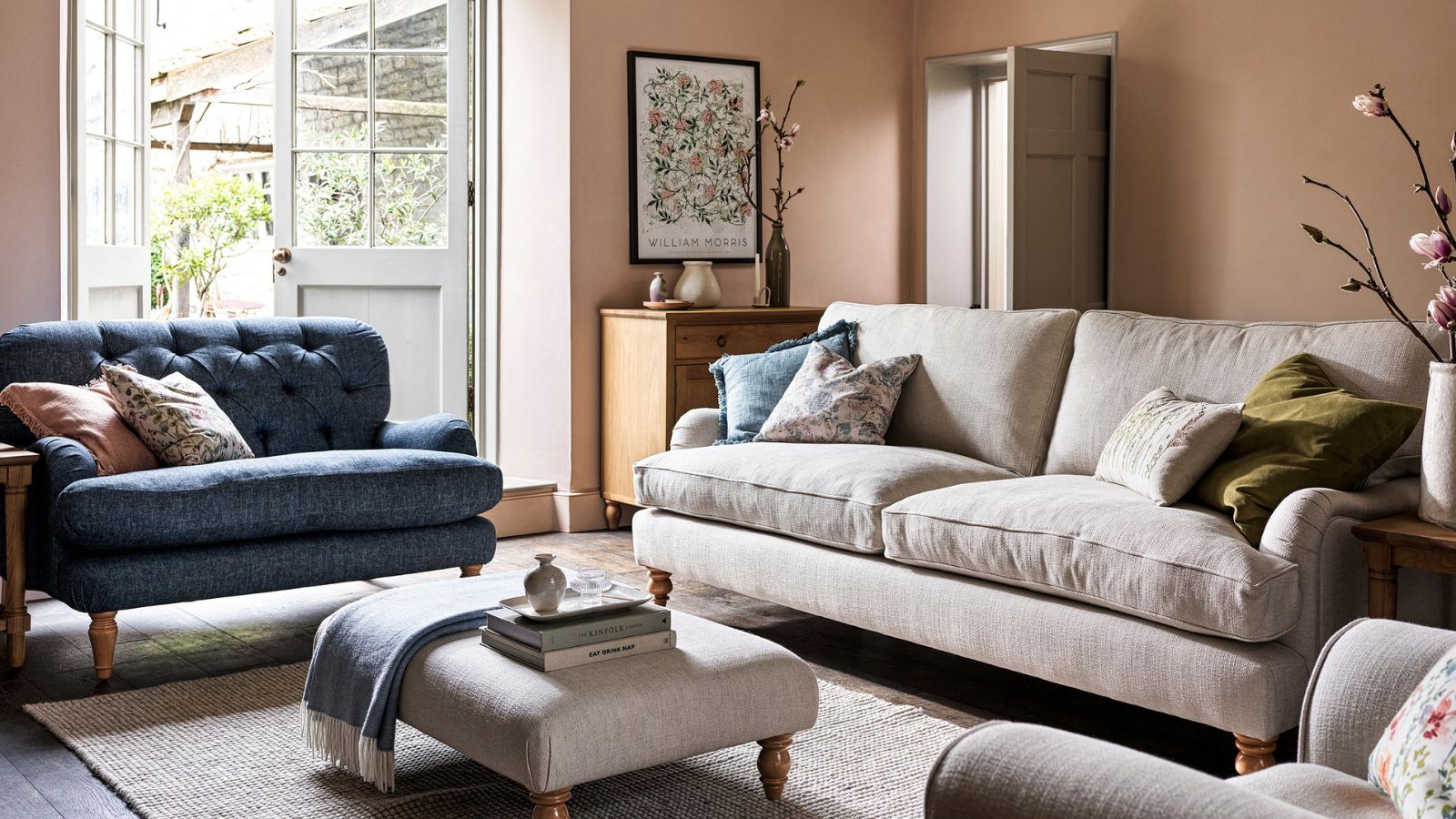 I used to be a lifeguard and this transferable scanning method has stuck with me – it instantly catches out-of-place clutter
I used to be a lifeguard and this transferable scanning method has stuck with me – it instantly catches out-of-place clutterThis life-saving tip now saves me from feeling overwhelmed
By Chiana Dickson
-
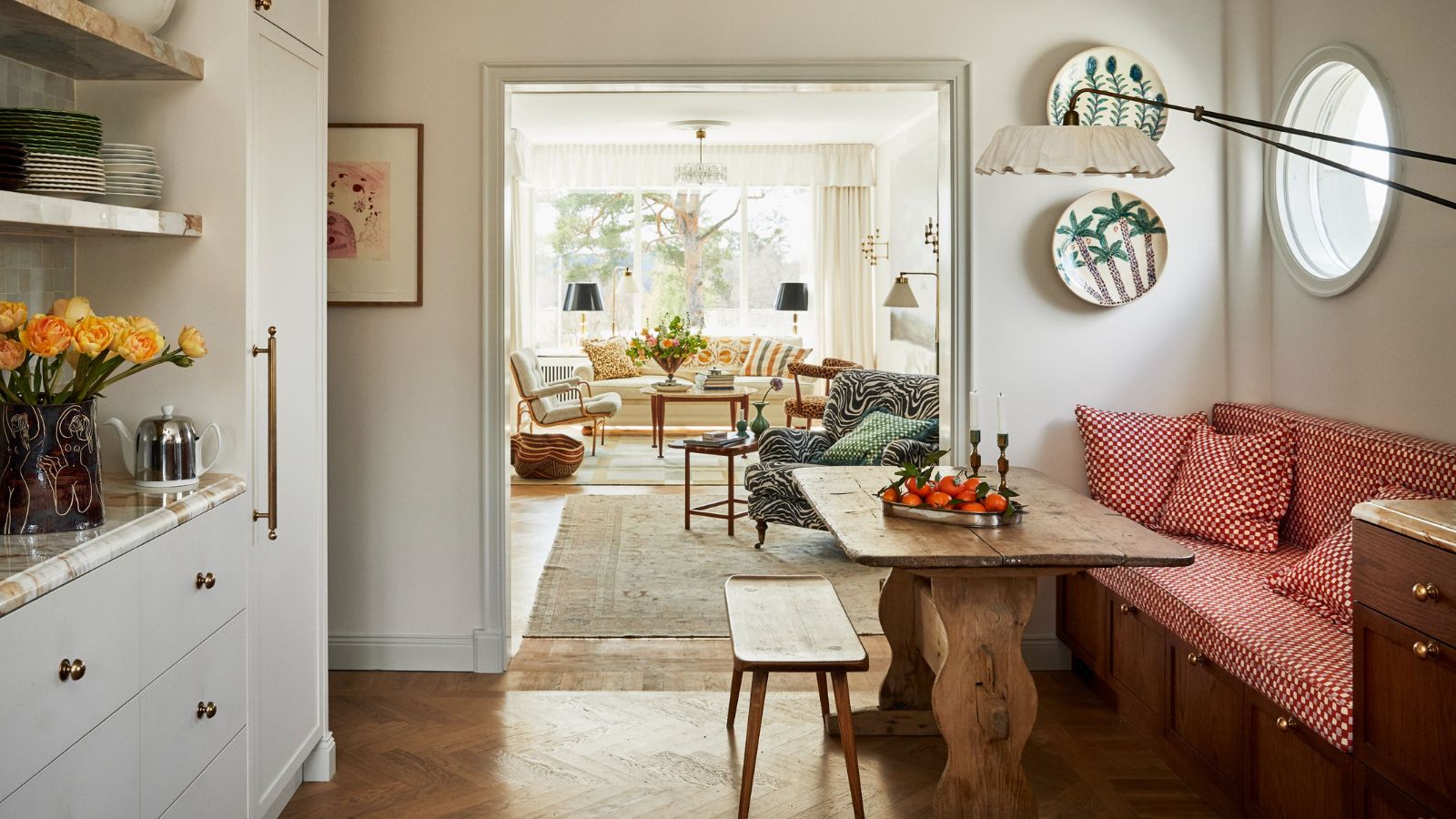 I swear by the ‘ETC’ method to prevent clutter and save money – my expert-backed checklist is transformative
I swear by the ‘ETC’ method to prevent clutter and save money – my expert-backed checklist is transformativeNow I Edit The Cart and save time, money, and energy
By Chiana Dickson
-
 Go guilt-free – I'm a professional home organizer and these are the 5 decluttering rules I urge you to break
Go guilt-free – I'm a professional home organizer and these are the 5 decluttering rules I urge you to breakDitch the rules for stress-free declutter
By Orna Fathers
-
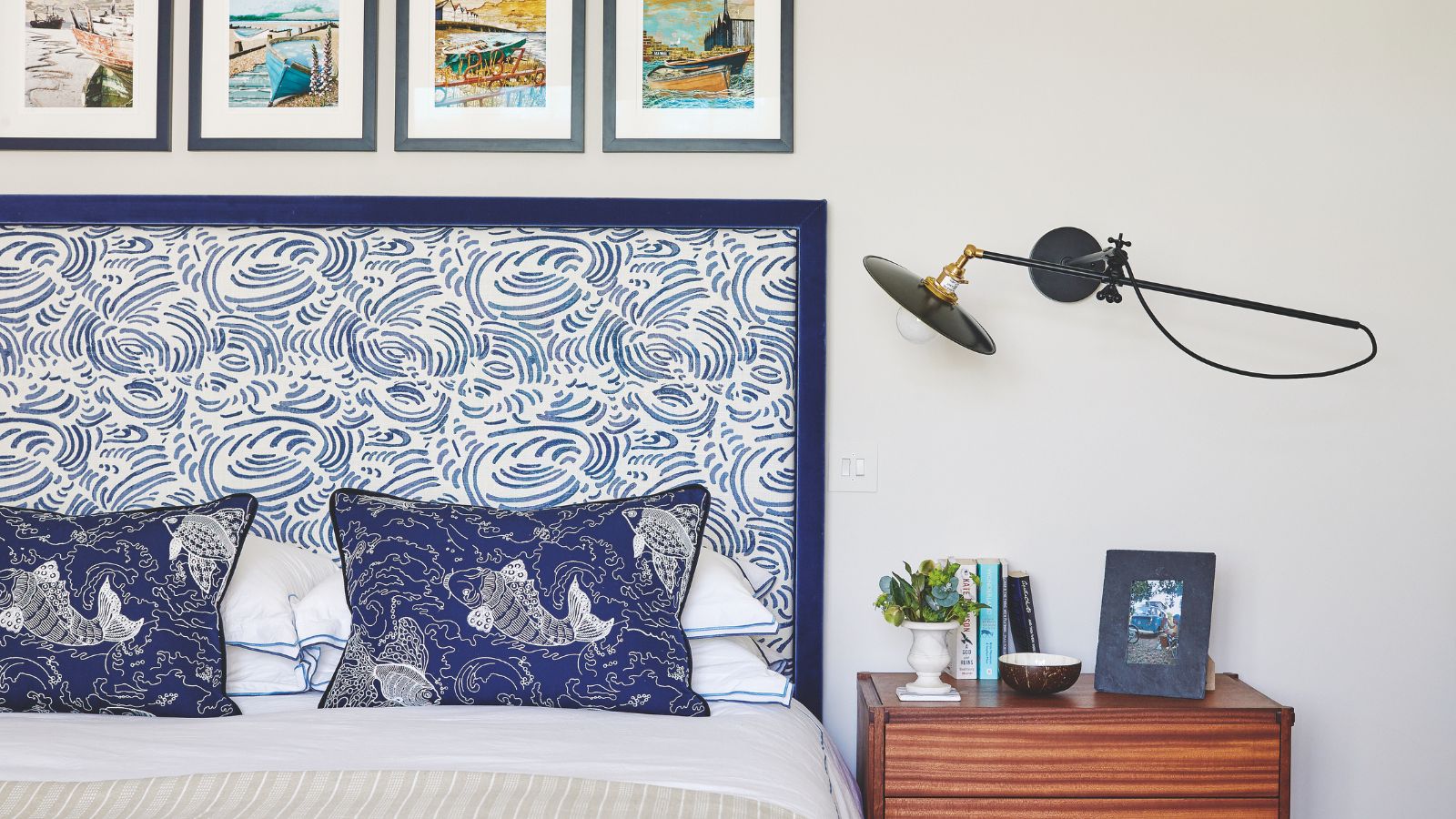 'Big results before you know it' – experts urge you to use the ‘Take Away 10’ method for simple decluttering with zero decision fatigue
'Big results before you know it' – experts urge you to use the ‘Take Away 10’ method for simple decluttering with zero decision fatigueIt can cut hundreds of items from your home in just a few weeks
By Ottilie Blackhall